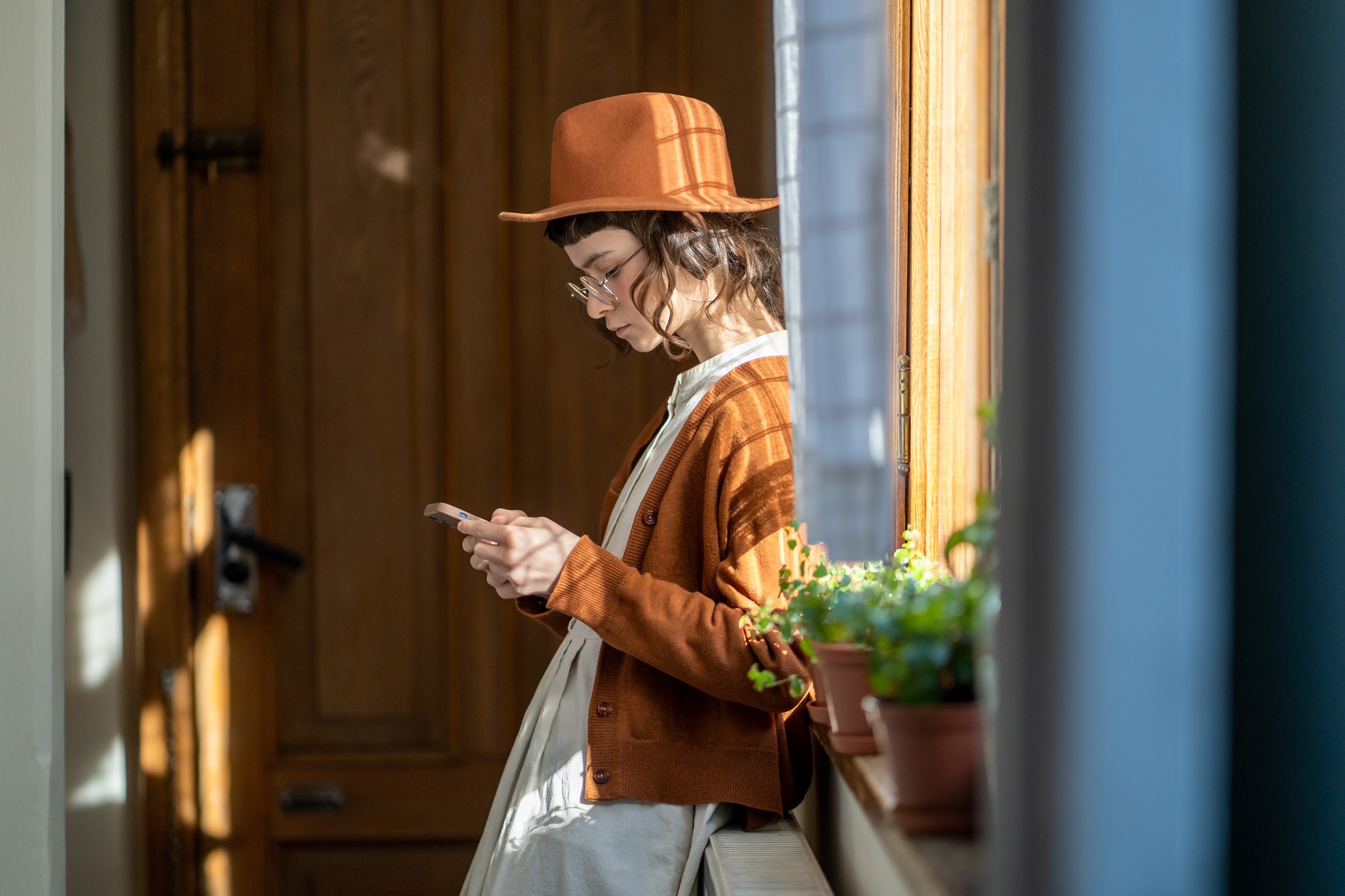Imagine crossing a busy street without being able to see the traffic lights. That’s a daily challenge for millions of blind and visually impaired people. But now, a new app called OKO is changing the game by helping users navigate intersections safely using their smartphones. OKO has even been recognized as a finalist in the 2024 App Store Awards for its innovative design and life-changing impact. Here’s everything you need to know about this groundbreaking app.

What is OKO?
OKO is an app designed for people who are blind or visually impaired. Using artificial intelligence (AI), it detects pedestrian traffic signals through a smartphone’s camera. The app then converts the signal information into sound or vibrations, letting users know when it’s safe to cross the street.
For example, if the traffic light is green and safe to cross, OKO might send a vibration to the phone or play a sound. If the light is red, it warns the user to wait. This simple idea is making urban navigation much easier for people who rely on other senses to get around.
Why is OKO Important?
More than 39 million people globally are blind, and another 285 million have some type of visual impairment. Navigating city streets can be tough, especially in places without tools like audio traffic signals or tactile paving. OKO fills this gap by providing a portable solution for street-crossing safety.
Here’s why it’s such a big deal:
- Independence: Users can rely on their phones instead of needing help from others or special infrastructure.
- Safety: Real-time feedback reduces the chances of accidents.
- Accessibility Everywhere: It works anywhere with standard traffic signals, making it a practical tool even in places where accessibility is lacking.
How OKO Works
The app uses your phone’s camera to “see” the traffic light. With AI, it figures out whether the signal is red (stop) or green (go). It then sends that information to you in a way that’s easy to understand—through sounds or vibrations. You can customize the app to use whichever method you prefer.
Challenges and Opportunities for OKO
OKO isn’t perfect. Like any app, it has some limitations:
- It may not work as well in bad weather or at night when visibility is low.
- Constant use of the camera can drain your phone battery quickly.
- It currently works best in areas where traffic signals follow a standard design. In some regions, unique signal patterns may confuse the app.
But the developers are already working on updates to make it even better, like adding offline features and improving AI to handle tricky situations.

3 Most Common Questions About OKO
1. Is OKO free to use?
Yes, there’s a free version with basic features. However, the premium version offers extra perks, like more feedback options and faster customer support.
2. Does OKO work everywhere?
OKO works wherever traffic signals are easy for the camera to recognize. If the design of the signals is unusual, it might struggle. Developers are expanding the app to handle more regions over time.
3. Can OKO replace a guide dog or human help?
Not entirely. OKO is a helpful tool, but it works best when combined with other aids like guide dogs or assistance from others. It’s a supplement, not a full replacement.
Conclusion
OKO is a powerful example of how technology can improve lives by making cities more accessible for everyone. Its ability to help visually impaired users cross streets safely is changing how we think about independence and inclusivity. Apps like OKO show that with the right tools, everyday challenges can become much easier to overcome.
If you’re interested in learning more, you can check out OKO on the App Store. It’s a small download that could make a huge difference for millions of people.
Sources Forbes


